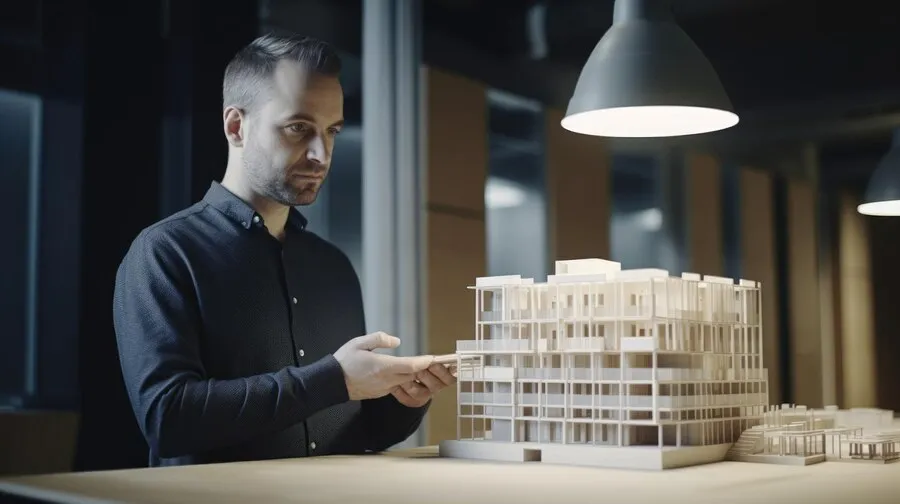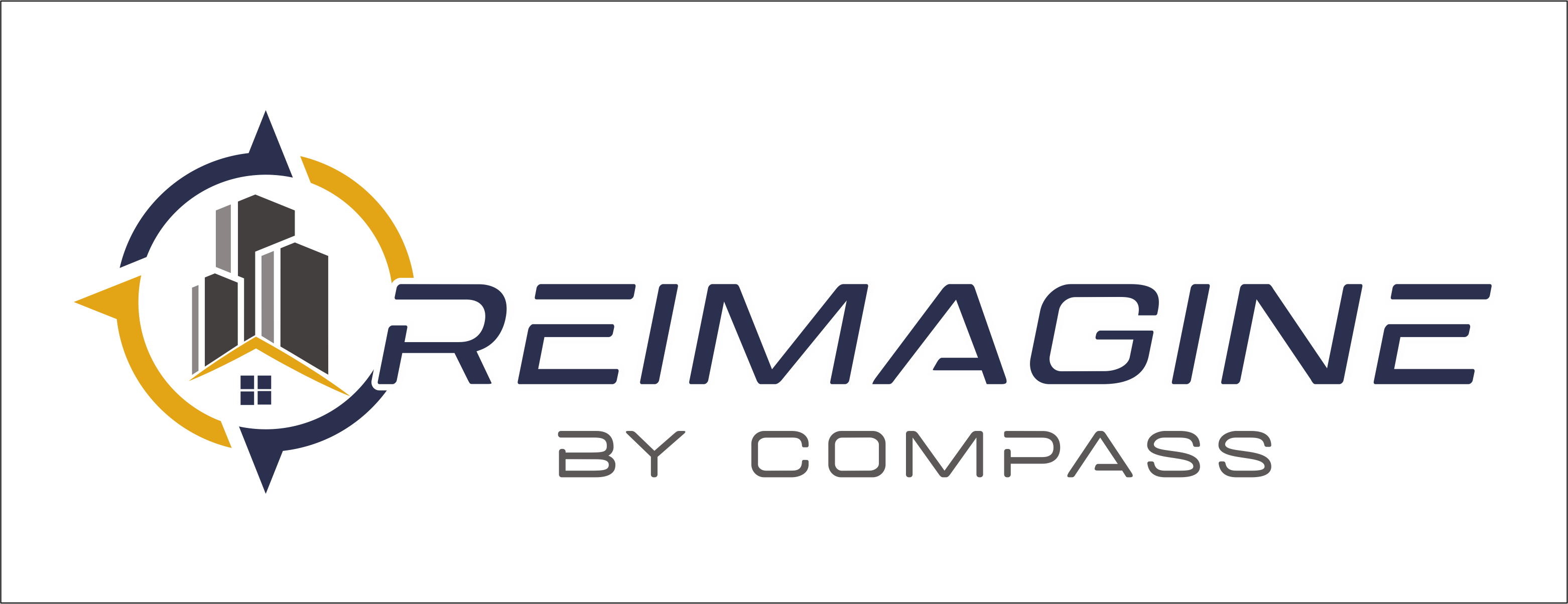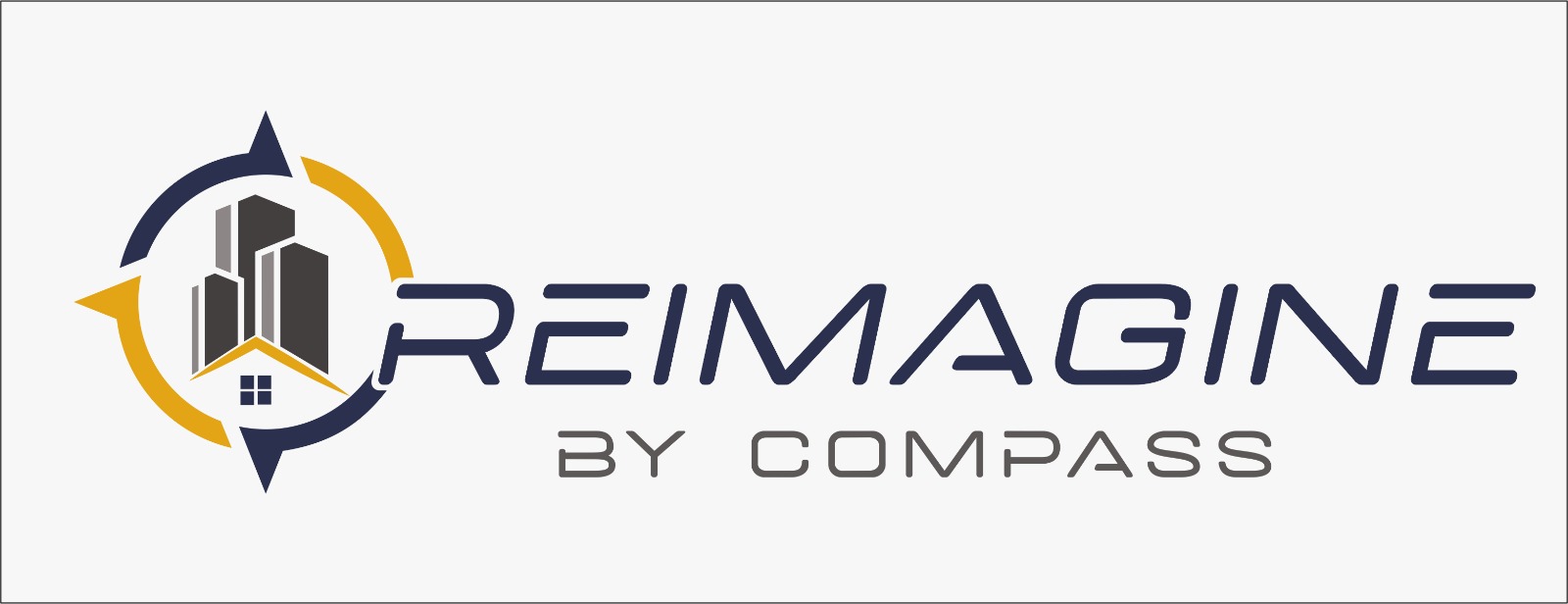View vs. Lens: How to Present Your Hotel Concept in the Language Investors Trust

View vs. Lens: How to Present Your Hotel Concept in the Language Investors Trust
First, consultants must quantify their vision. This involves creating a clear financial model that shows projected costs, cash flows, and timelines. For example, if a consultant proposes a hybrid boutique hotel with a community co-working space, the model should show how the extra square footage generates revenue through memberships or events. Demonstrating a strong RevPAR index, potential non-room income, and a stabilized EBITDA margin turns abstract ideas into measurable performance indicators.
Second, risks must be surfaced early. Developers and investors evaluate risk in terms of construction costs, permitting, brand alignment, and market demand. A consultant can proactively identify these concerns and offer mitigation strategies—such as phased rollout, pre-opening soft launch, or flexible space planning. For example, if F&B is outsourced to a third-party partner, investors want to see the lease terms, revenue share, and fallback plans if the operator exits.
Third, rewards must be mapped. Investors seek clear upside potential—such as above-market ADR due to uniqueness, premium branding opportunities, or faster lease-up thanks to compelling amenities. If the concept fills a market gap—like a wellness-oriented hotel in a dense urban center—the consultant should show comps, customer demand data, and how this differentiator impacts the bottom line.
Finally, proof is essential. Even new ideas can be grounded in precedent. Reference case studies from similar markets, pilot programs, or comparable brand performance. If the hotel concept includes tech-forward guest experience, consultants can cite guest satisfaction data or reduced payroll costs from automation. Showing that an idea is “new but not untested” builds investor confidence.
In essence, alignment happens when creativity is backed by clarity and confidence. A strong consultant thinks like an operator and a developer—presenting their vision in the language of returns, risk-adjusted strategies, and real-world data. That’s how an idea moves from exciting to investable.
Popular Catagories
How can we help you?
Contact us to schedule a meeting in person or submit a project inquiry online.


